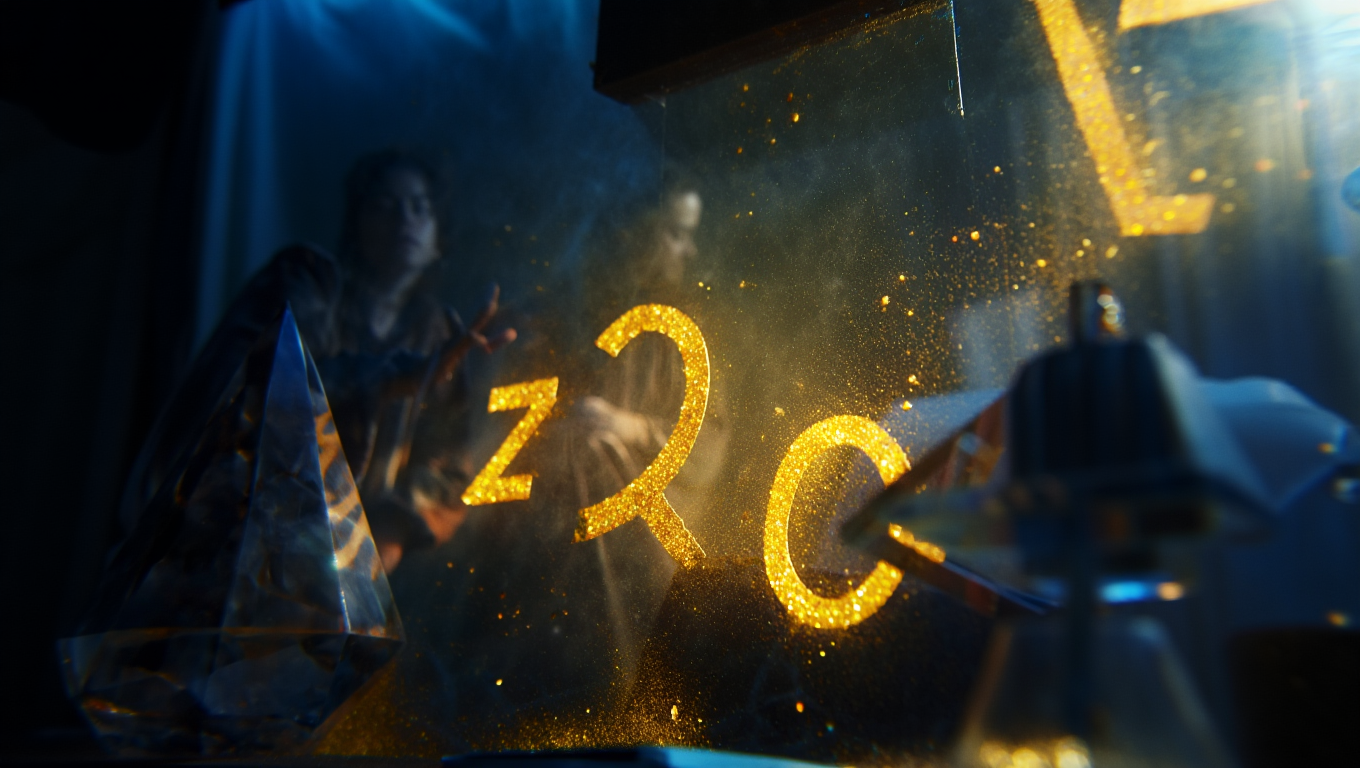Why Technology and Energy Go Together
Let’s be honest: the idea that you have to “pick a side” between science and spirituality is pretty outdated. These days, more people with engineering or tech backgrounds are exploring practices like meditation, tarot, even working with crystals—without giving up their love for data, structure, or logic. Spoiler: you don’t have to choose. In fact, technology and energy practices can actually boost each other.
Why Engineers and Tech Pros Are Drawn to Spiritual Practices
*Why does it seem like everyone from software devs to data analysts is suddenly talking about mindfulness or working with energy?* Here’s what I see in my consulting work:
- Stress management: Tech jobs are notorious for high stress and burnout. Mindfulness and energy tools offer real, research-backed relief.
- Curiosity: Engineers love systems, patterns, and optimization. Many spiritual practices—tarot spreads, astrology charts, even numerology—are, at their core, systems to be explored.
- Desire for meaning: In a world driven by algorithms, people crave purpose and connection. Esoteric tools can help with big-picture thinking and intuition.
Spirituality isn’t about “believing in magic”—it’s about experimenting with what helps you function better and feel more grounded.
Case Study: Tarot as a Problem-Solving Tool
Sam, a UI/UX designer at a fast-growing tech startup, was skeptical about tarot. But after a few rough sprints and a looming product launch, she tried a simple three-card spread for decision-making. By framing her options visually, she was able to spot blind spots and reframe her thinking. “It’s basically another way of prototyping ideas,” she told me.
How to Combine Tech Skills and Energy Practices (15-Minute Ritual)
If you want to add a little “energy engineering” to your routine, here’s a practical setup you can do in under 15 minutes—even at your standing desk.
Step 1: Pick Your Focus
- What’s your goal? (Calming stress, boosting creative flow, decision-making, etc.)
Step 2: Choose Your Tools
- Mindfulness app (like Headspace or Calm)
- Tarot/oracle deck (see table below for recommendations)
- Crystal for focus (optional, but many like clear quartz or amethyst)
Step 3: Create a Mini Ritual Space
- Set your timer for 15 minutes (engineers love a constraint!)
- Clear your desk—move your phone, close tabs, put away distractions
- Arrange your chosen tools within reach
Step 4: Run the Process
- 2 minutes: Pause, close your eyes, take 5 deep breaths
- 5 minutes: Use your tool of choice (pull a card, meditate using an app, or hold your crystal and set an intention)
- 5 minutes: Jot down thoughts, insights, or next steps—bullet points only
- 3 minutes: Reboot: stretch, drink water, return to your day
Best Tools for Analytical Minds: Tarot, Apps & Crystals (Comparison Table)
| Name | Key Feature | Size/Material | Price range | Amazon link |
|---|---|---|---|---|
| Smith-Waite Tarot Deck | Classic symbolism, easy to learn | Standard cardstock, 78 cards | $15–22 | Check price on Amazon |
| Prism Oracle Deck | Color-coded, minimal design | Thick cards, 45 cards | $18–25 | See today’s deal |
| Clear Quartz Crystal | Amplifies focus, neutral energy | Natural stone, variable size | $7–18 | Check price on Amazon |
| Headspace App | Science-backed guided meditations | Mobile app | $5–13/mo | Try Headspace |
| Calm App | Sleep stories, mindfulness, music | Mobile app | $7–15/mo | Explore Calm |
Who Are These Tools For?
- Tarot/oracle decks: Great for visual thinkers and anyone who likes structured reflection. Pros: Tangible, creative, easy to learn. Cons: Not for those who want everything digital.
- Crystals: For people who enjoy tactile focus objects. Pros: Portable, grounding, looks nice on your desk. Cons: No “magic”—they’re not going to code your app for you.
- Mindfulness apps: Best for busy brains or anyone who needs a quick reset. Pros: Guided, science-backed, works anywhere. Cons: Subscription cost, can’t hold in your hand.
Checklist: Your 15-Minute Energy-Tech Ritual
- Pick your intention (clarity, calm, creativity, etc.)
- Choose 1–2 tools: deck, app, crystal, or even a notebook
- Set a timer—no more than 15 minutes
- Clear your workspace physically (and digitally)
- Do your ritual (card pull, meditation, intention setting)
- Record insights or action steps
- Return to your regular workflow—ideally, feeling a bit more centered
Practical Links & Further Tools
- Smith-Waite Tarot Deck (Amazon)
- Prism Oracle Deck (Amazon)
- Clear Quartz Crystal (Amazon)
- Headspace App
- Calm App
- Insight Timer (free meditation app)
Final Thoughts: You Don’t Have to Choose Sides
Being an engineer, developer, or tech professional doesn’t mean you have to reject all things spiritual or esoteric. Instead, think of these practices as another kind of tool—ones that can help you manage stress, spark creativity, and connect the dots in new ways. It’s all about what works for you, no jargon or hype required.
“There are more things in heaven and earth, Horatio, than are dreamt of in your philosophy.”—William Shakespeare (and probably your favorite systems architect)
Try a 15-minute ritual next time you feel stuck or frazzled—just like debugging, sometimes a fresh framework is all you need.
Some links in this post may be affiliate links. You pay the same price, and this blog may earn a small commission.







